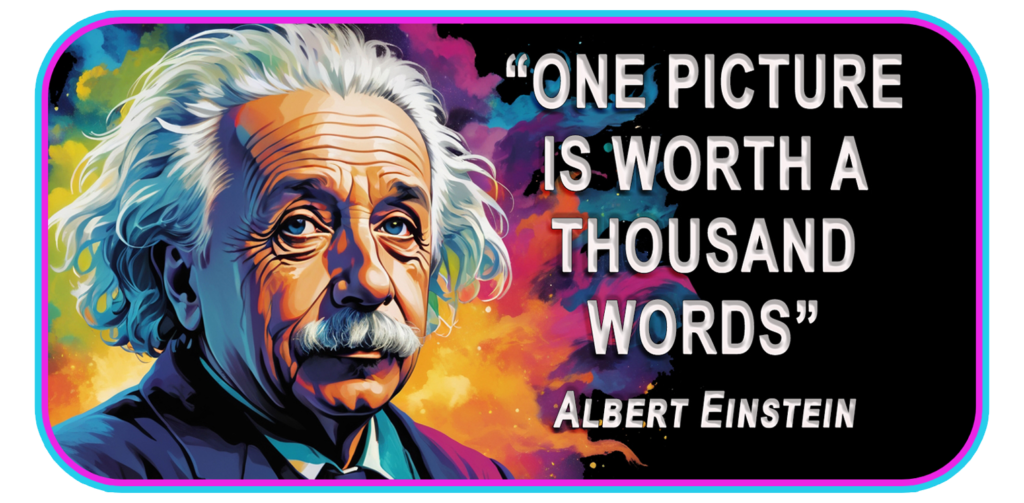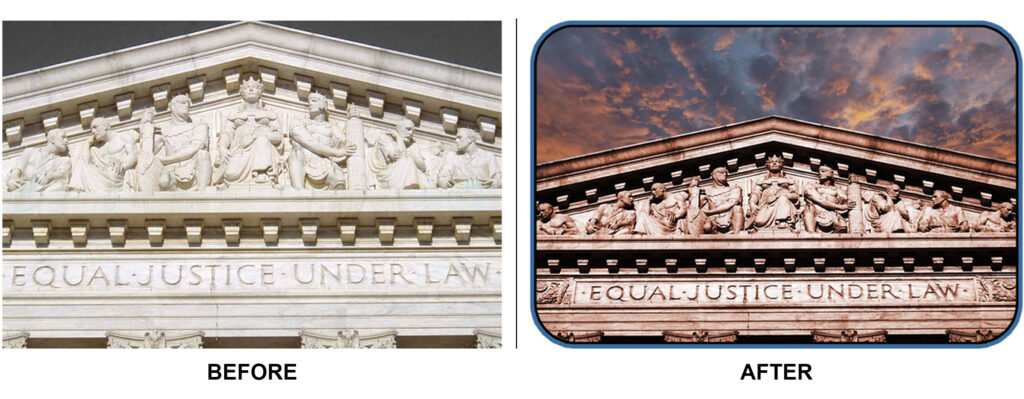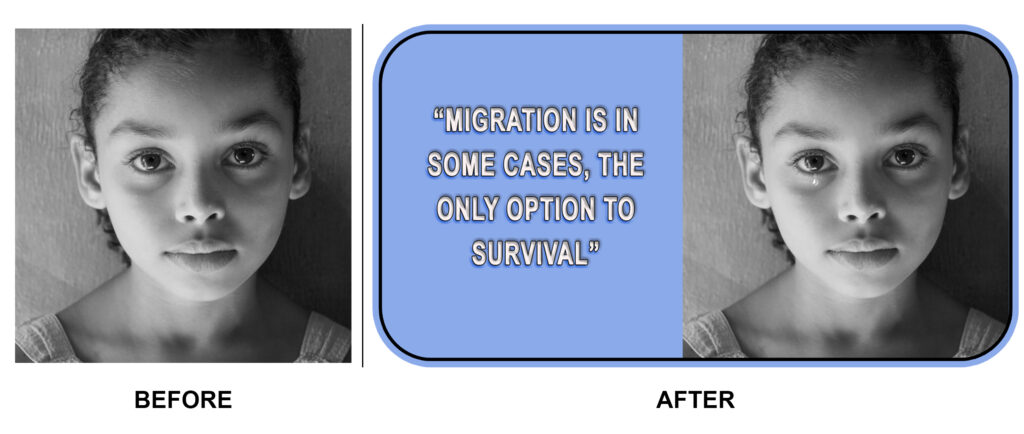
One Picture is Worth a Thousand Words
Improve readership with dynamic., eye catching photos. A few simple things you can do to turn that free photo into your own.
A history of how I got started in the graphic arts is interesting and may help explain how you can learn the techniques late in life. My experience began in 1950, when I was 7 years old. I was captivated by watching a sign painter in his shop next door. In those days everything was done by hand. He taught me about single stroke lettering, pinstriping and sign painting. Using the skills he taught me, I started to submit my efforts in drawing replicas from the advertisements in comic books. They would show a photo or drawing and ask you to send in your drawing. If your drawing was selected, you could win a comic book subscription and sometimes a five dollar prize.
By age 15, I was pinstriping cars, motorcycles and sign painting for local businesses. Now in high school, my art teacher taught me to silk screen. We would print all of the school posters, more like a full time job than school. In my senior year, he submitted one of my posters to a national contest sponsored by the Kiwanis Club.
I won the first prize! A full scholarship to the prestigious Chouinard Art Institute in Los Angeles, CA. I was 18 years old, married with a baby daughter and a thriving business. Several custom car and paint shops kept me busy in pinstriping and lettering when putting the final touches to their work. I knew I did not fit or belong in this college environment after a few months. Most of the students were much older and far more talented in the more traditional arts. Sketching live model hands, feet and faces was completely alien to me.
After years of being self employed and now twenty-one years old, I joined the police force for a stable job with benefits. My artistic endeavors were now only a hobby. After retiring from the police department, I started hand carving wood sculptures, which had a calming effect that I derived great pleasure from.
Moved to Thailand and utilizing my sculpture skills, I started the Khmer Road Sculpture business. I hand carved stone Buddha statues by commission for over decade. Wrestling 150 pound rocks was hard work and arthritis dictated a new career. I moved to Japan and studied under a master craftsman in the ancient art of Kakemono scrolling posters and calligraphy. Using photos of my stone Buddha sculptures as models. When I returned to Thailand and started the Kakemono poster business, is when I realized computer knowledge, was vital, especially Adobe Photo Shop.
My suggestions for making your photos better is not for the experts in photoshop. YouTube has many tutorials to choose from for expanding your knowledge. I’ll stick to some simple suggestions.

The colorful sky added to the after photo, allowed for the addition of some saturation and hue to bring out the text and building. This made it much easier to read and gave the building more definition. Rounding the corners and adding a border makes it look more interesting and finished.

This photo of a little girl becomes a powerful message with just a few simple steps. Splitting the frame in two equal parts, adding the information you want to say and adding a single tear tells the story. A single interior black line sets off the rounded corners and the muted gray and blue color. Convert vertical to horizontal photos with this technique.
Add impact to png and AI generated images. Bold colors and inserted bubble type messages could be the perfect fit for giving even serious subjects credibility. This three dimensional effect can also give artificial images life.
These are some of the ways you can make the free images work specifically for your stories. The addition of AI images works for some stories, but having the ability of making a few small changes of real photographs will help cut down the hours spent in finding ones that match what you’re writing about.